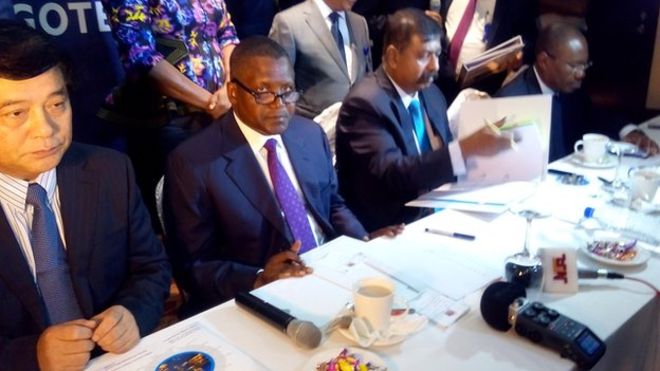At a time when population growth is slowing across the globe, sub-Saharan Africa’s (SSA) population will more than double to two billion by 2050. The vast majority of this population will be young: In 10 years, the region will be home to around a quarter of the global population aged 24 and younger.
To capitalize on its youthful populace and boost economic growth across the region there will need to be strong and sustainable job creation to match the demographic boom. But there’s work to be done: between 2000 and 2008 Africa created 73 million jobs, but only 16 million for young people.
Surely, this would be a challenge for any economy, but the charge stands even taller for a regional labor market that is already struggling to absorb workers into formal employment. Currently, an overwhelming majority of workers are either self-employed or work unpaid for their families. And the need for job creation is particularly crucial for Africa’s youth—they comprise around 60 percent of Africa’s unemployed, compared to a 44 percent global average.
But while Africa’s potential labor force is hefty and growing, big parts of the workforce remain unskilled, and there is a need for more colleges and technical schools to generate those skills. According to the World Bank, about two-thirds of all young workers in the sub-Saharan labor market—95 million people—lack the basic skills needed to be competitive. What’s more, unemployment rates for graduates are often high. In Nigeria, the graduate unemployment rate is 23.1 percent, and in Kenya, it can take up to five years for a graduate to secure relevant employment.
It’s easy to lambast education that does not develop employable skills, and it’s true that one part of the problem is a lack of effective and widespread technical instruction. But there is also a gap in the data and available tools that might better pair skilled workers with those jobs that need their labor. Plainly, Africa needs a closer dialogue between schools and industry to optimize the demand and supply of skills.
The right strategy for Africa will address these weaknesses and make the investments today that strengthen the foundation for jobs of tomorrow. This strategy should rest on three tenets:
- Education: Efforts to strengthen the education system should steer more student towards STEM subjects, increase funding for technical and vocational colleges, and improve ties between industry and labor.
- Openness and localization: Policymakers should focus on creating a level playing field, eliminating regulatory burdens and streamlining administrative procedures. Further, allowing freer movement for skilled foreign workers can make it easier for companies—both domestic and foreign—to establish themselves and rapidly hire African nationals.
- Enabling the Future of Work: Tenets 1 and 2 are needed to boost already established industries and to help broaden manufacturing capacity to extend the region’s industrial base. And with technology spurring rapid innovations across industry, government policy should encourage the rapid blend of digital and physical technologies—this could set the stage for sub-Saharan Africa to leapfrog outmoded industrialization models and surpass global competitors.
There is no industry more poised for future improvement than Africa’s healthcare sector. In a survey of over 110 African and Middle Eastern leaders, 77% of respondents rated “education and training to improve skills and increase capacity” as the single most important investment to improve national healthcare. The skills gap in leadership and management is particularly acute, but there’s room to foster clinical and technical training, as well as in the IT and e-health fields.
Since 2013, GE Healthcare has led over 25 Ministry of Health and regional leadership teams through its Leadership, Innovation, and Strategy (LIS) program. The curriculum focuses on improving the patient experience, designing strategy in uncertain times, innovation, and healthcare leadership development, drawing material from leading universities and healthcare institutions as well as GE Crotonville.
The educational innovations seeking to narrow the skills gap leverage the same robust entrepreneurial spirit that’s bloomed throughout the host of technology hubs in the region. The sub-Saharan’s youthful glow and enthusiastic dynamism will define Africa’s future, but their collective talents cannot go to waste; governments should continue to invest more in education and skills development. But the private sector can help, and GE stands strong in its ongoing commitment to doing more to help build African human capital.
Read more on the future of work in Africa here.
Source: Quartz Africa



